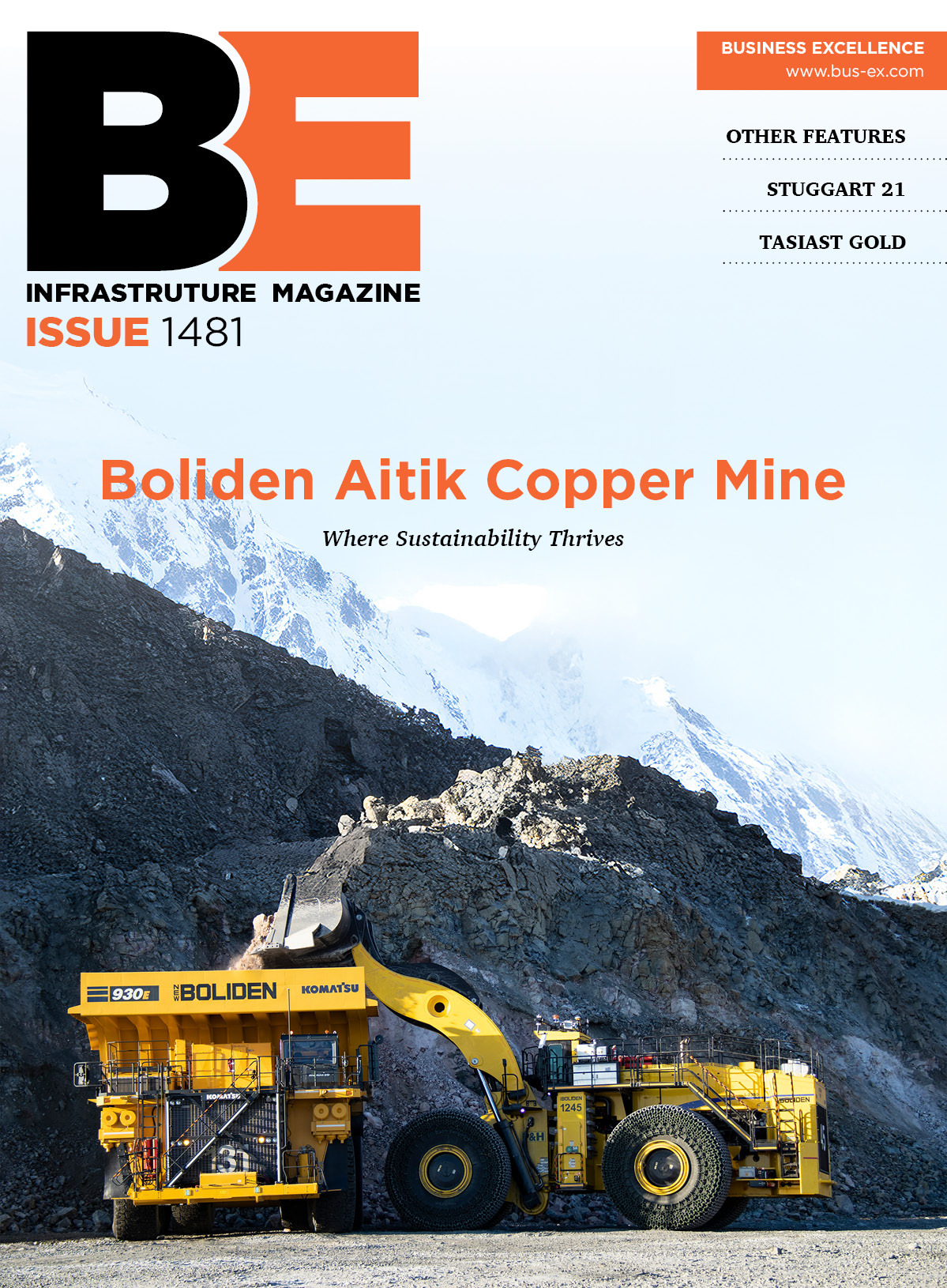Gas from grassAlliant Energy is looking at some unexpected sources for electricity and gas, and it is building two hybrid generating plants to take advantage of sustainable fuels. John OÔÇÖHanlon speaks to the man responsible for creating a whole new market. You have to envy Bill Johnson. He grew up on a farm, owns a farm, loves farming and the rural Midwest above all thingsÔÇöand he has a job that makes a real difference both in the lives of individual farmers and in the whole regional economy. ┬áAdded to that, what he is doing as biofuels development manager at Alliant Energy contributes to cutting AmericaÔÇÖs dependence on oil, coal and gas. No wonder he can say, ÔÇ£I love getting up in the morning and going to work.ÔÇØAlliant is the principal energy utility company in a large swathe of Wisconsin, Iowa and Minnesota. With 5,000 employees, revenues of $3.4 billion in 2007 and total assets of more than $7 billion, itÔÇÖs a large and diverse company that provides business support to its corporate customers as well as supplying them with gas and electricity.Traditionally Alliant has relied on hydrocarbonsÔÇöcoal, oil and gasÔÇöto generate its electricity, but it is now facing the challenge to balance its commitment to providing reliable and affordable energy to its customers while utilizing new technologies to reduce its impact on the environment. Green energy isnÔÇÖt cheap yet, but Alliant is investing in alternative sources. For example the company expects to invest around $1 billion dollars in wind generation and to be operating wind farms in each of the three states by the end of 2010. This heavy but strategically essential investment is supported by a voluntary pricing program called Second Nature: business and residential customers can choose, at a premium, to receive a proportion of their electricity supply from renewable sources.Prior to his present job, Johnson headed AlliantÔÇÖs Agricultural Customer Services operations, helping farmers to become more energy efficient; during that time he also promoted the use of anaerobic digesters by livestock farm customers. Now he has the exciting job of creating entirely new markets and at the same time generating new revenue streams for his customers. Alliant supplies more than 50,000 farms. ÔÇ£Cattle produce a lot of manure; itÔÇÖs a problem to dispose of, it attracts flies, and if itÔÇÖs not well managed, it can lead to pollution and odors. But with an anaerobic digester, our customers can turn livestock waste into a clean, renewable energy sourceÔÇöreducing manure management costs and lowering their utility bills,ÔÇØ he says.Briefly, an anaerobic digester is a container that turns manure into biogas (methane and carbon dioxide) that can be sold back to Alliant either by using it to power a microturbine that feeds electricity direct to the grid or by selling it back into AlliantÔÇÖs natural gas supply. Either way it can be sold on at the renewable premium.ÔÇ£Digester technology is best suited for large farms, with 300 head of cattle or more, but we will soon be able to put digesters economically into smaller operations with, say, 100 cows,ÔÇØ Johnson declares. ÔÇ£IÔÇÖm convinced that this is the right thing for a utility company to do, of course, but itÔÇÖs definitely the right thing for the farmers. They get a reasonable profit from selling the electricity to us at 6.2 cents per kilowatt-hourÔÇöweÔÇÖre trying to get that raised to 9.2 centsÔÇöbut potentially they can make even more from the by-products.ÔÇØ These include recovered heat for use in the milk parlor to pre-heat water and in buildings for heat, solids for animal bedding, and compost. In addition, the process helps control flies, weed seeds, odor and pollution.An obvious question is, why donÔÇÖt smaller farmers pool together to get the same advantages? ÔÇ£The more cows or pigs you have, the better business sense it makes. YouÔÇÖre quite right, though: we want to eventually give the opportunity to small farmers too, and weÔÇÖre presently exploring regional manure collection with Dane County in Wisconsin.ÔÇØIn his new job for a year, Johnson is a pioneer, in at the birth of new industries and having to create new supply chains where none existed before. But he recognizes that you canÔÇÖt switch to renewables overnight. An important part of AlliantÔÇÖs sustainable power strategy is to develop cleaner ways to burn coal and to introduce alternative fuels at the same time. The company is planning to have two new hybrid power stations on stream by 2013. The 300-MW Nelson Dewey generating station at Cassville, Wisconsin, will have the flexibility to burn locally harvested material hay such as switchgrass, leftover corn stalks (stover) and waste wood using CFB (circulating fluidized bed) technology. The Sutherland generating station, in Marshalltown, Iowa, will also be able to burn these materials, though it uses the somewhat different pulverized coal technology. ÔÇ£ItÔÇÖs a whole new industry, and weÔÇÖre looking at different ways to keep these plants fed with biomass,ÔÇØ says Johnson.Switchgrass, he explains, doesnÔÇÖt involve cultivating highly productive land because itÔÇÖs a native American prairie grass that does well on the highly erodible soils of southern Wisconsin. ÔÇ£We have an abundance of these fragile soils here. TheyÔÇÖre not good for growing row crops. The switchgrass reduces erosion and improves soil quality, and we can pelletize or grind the grass for burning in the hybrid power stations.ÔÇØ When it comes to corn stalks, good husbandry had dictated in the past that they should be retained on the soil to reduce soil erosion and maintain soil tilth, but where corn yields are high, crop residues can become excessive, allowing removal of up to two tons per acre out of six to eight in the field. ÔÇ£We need to be good stewards of the land if we want to build a sustainable business for the future,ÔÇØ Johnson says. A promising line of research being partially funded by Alliant aims to enable farmers to pelletize grass on site, increasing the efficiency of the supply chain by reducing the number of times the material is handled. ÔÇ£To me, the supply chain is the most critical element for our business.ÔÇØ The same thing applies to forest products. There has never been a strong pulp market in southern Wisconsin, and the paper and lumber industry is in decline in the north and northeast. ÔÇ£ItÔÇÖs exciting to be creating a whole new market for low-grade, non-economic wood.ÔÇØ Wood is a challenging material, he admits, having to be chipped, pulverized or pelletized according to the demands of the power station.Johnson is charting new territory. His greatest assets, he says, are having a market place that is responsive to AlliantÔÇÖs lead and working for a company that has a vision for the future that includes improving the environment and creating new economic opportunities for its customers. In ten yearsÔÇÖ time, Midwest farmers who are not creating energy value from their farms and forests ought to be the exception.┬á









